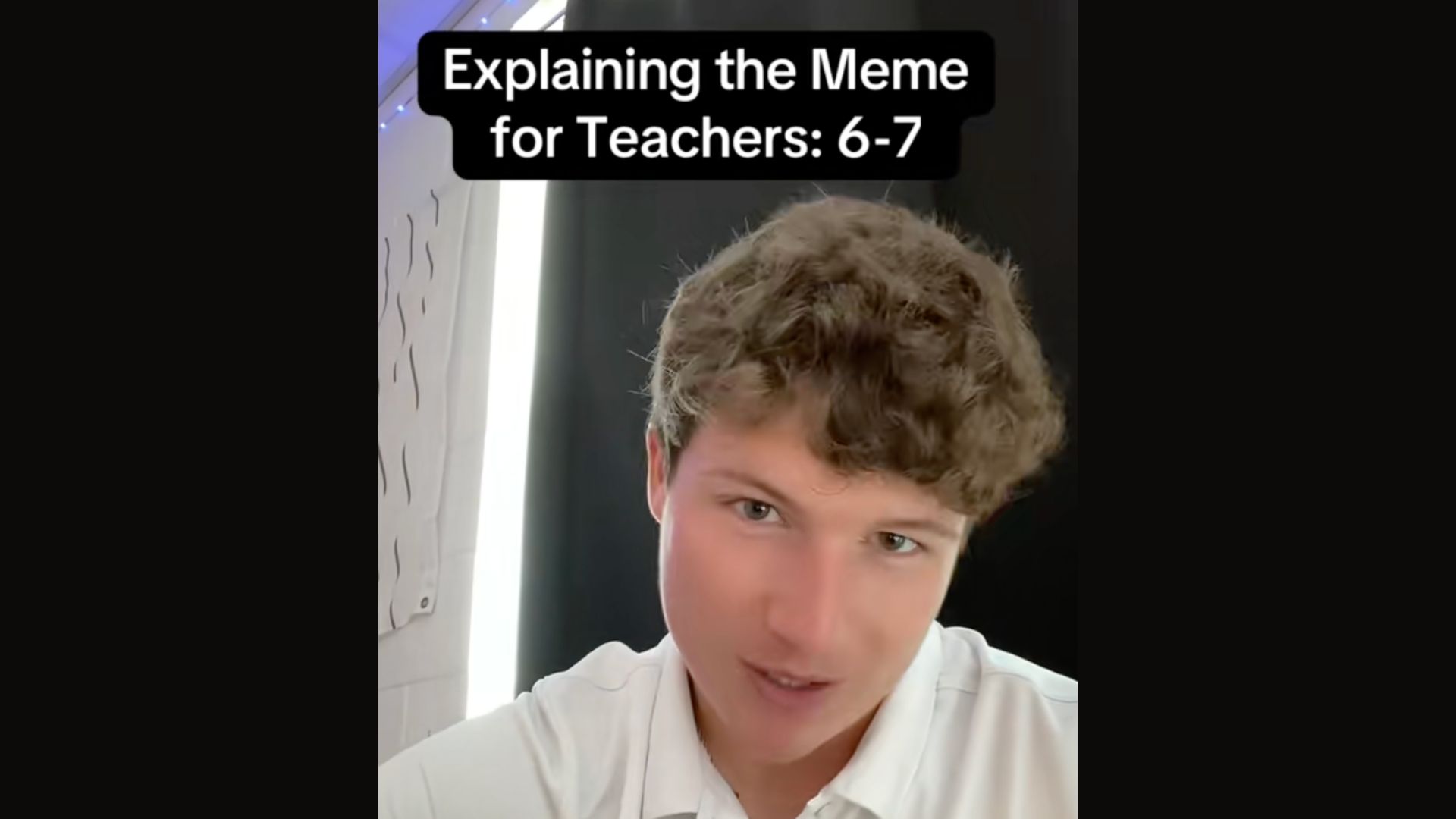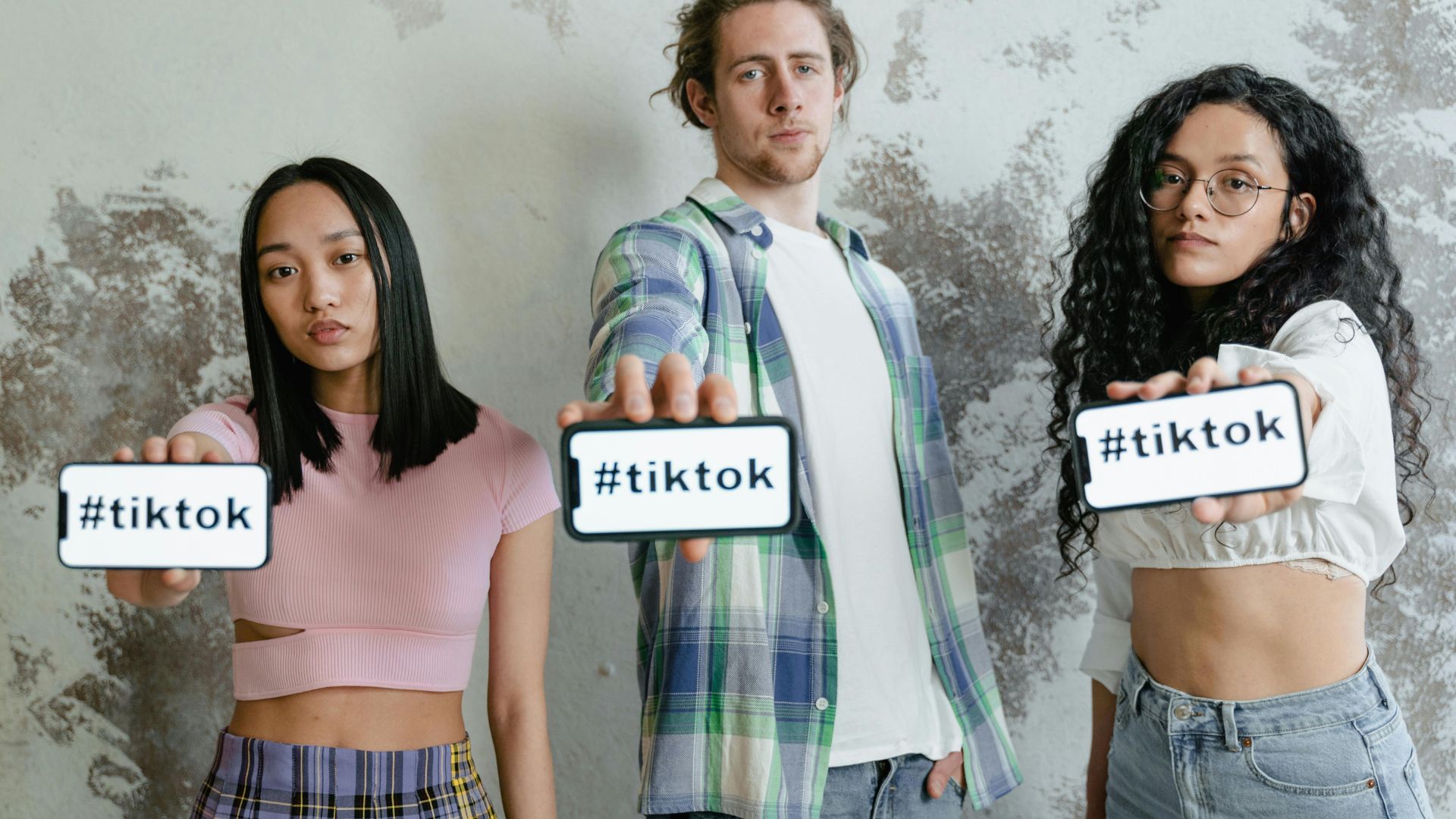Why the Latest Slang Term “6-7” is Being Banned From Classrooms


A new viral slang term, “6-7,” has quickly taken over TikTok and social media platforms, but it’s now facing backlash from teachers and school administrators across the country. What started as an inside joke among teens has quickly escalated, causing many schools to ban the phrase altogether.
The Rise of Viral Slang on Social Media

Social media shapes the communication style of younger generations more than ever before. From phrases like “rizz” and “skibidi” to “delulu,” viral expressions often take on a life of their own and create inside jokes among Gen Z and Gen X. The term “6-7” is the latest in a long line of phrases born on TikTok.
What Does the “6-7” Meme Mean?

While it might sound like a harmless set of numbers, “6-7” has taken on a coded meaning among young online users. Many students use it as a secret way to reference suggestive or inappropriate topics without adults realizing it. Teachers report that the phrase has become part of whispered jokes and written notes, creating concern in the classroom.
An Inside Joke

There really is no true definition behind the phrase, as its largely a nonsensical joke among generation Alpha. However, kids will use it to disrupt class or insinuate suggestive language, which causes concern among teachers and administration.
How Did it Start?

Like many trends among the younger generations, the meme began on TikTok and its origins are somewhat fuzzy. It does have origins to a song by Rapper Skrilla called “Doot Doot (6 7) which has been played over several clips of basketball games, particularly in reference to NBA player LaMelo Ball, who stands at 6 foot 7.
Parents and Teachers Are Concerned

Parents have expressed frustration over how quickly these trends spread and influence behavior. “It feels impossible to keep up with what these codes mean,” one parent said. Educators agree, explaining that these trends evolve so quickly that it can be hard for adults to keep up and respond effectively.
Banned From Classrooms

In response, several schools across the U.S. and U.K. have officially banned the use of the phrase “6-7.” Teachers say the term disrupts learning and encourages inappropriate conversations among students.
Creating Chaos

The 6-7 trend is not the only meme that has caused chaos in the classroom but it is the most recent example of a social media micro trend that creates divides between the generations and encourages students to cause disruptions in the classroom.
What Teachers Have to Say

Many teachers admit they were initially confused by the term’s meaning. “At first, I thought it was just a number game,” one middle school teacher explained. “But once students started giggling and writing it on the board, we realized it wasn’t innocent.” Schools have since issued reminders that any coded or suggestive slang violates rules.
Out of Control

Gabe Dannenbring, a seventh-grade science teacher in Sioux Falls, South Dakota explained, “It’s like a plague — a virus that has taken over these kids’ minds. You can’t say any iteration of the numbers 6 or 7 without having at least 15 kids yell, ‘6-7!’”
Worries About Brain Rot

Some teachers have expressed concerns over how simply nonsensical the trend is. They worry that all this time on social media is spilling into education. They call this meaningless intake of low-quality content “brain rot”.
Makes Students Harder to Educate

The increase in brain rot language and social media intake has made teachers jobs much harder. They are seeing lower reading levels and shorter attention spans in connection to the rapid consumption of short form video content online.
Getting Students to Focus

It’s already difficult enough getting young student to sit down and focus on lessons without the intrusion of phrases like “6-7”. The reason this trend is so worrisome is that many don’t even know or can’t explain the origins or what makes it funny. Students just enjoy being “in on the joke”.
Concerns With Internet Slang

Experts warn that viral slang trends can desensitize young people to language boundaries. Psychologists say coded humor often pushes limits and encourages rebellion, especially in middle-school aged students.
The Role of TikTok

TikTok is one of the main drivers for these slang trends, fueling rapid and widespread influence through millions of views and interactions. Hashtags and remix videos amplify the inside joke until it becomes a cultural phenomenon.
Teachers in Disbelief

While some teachers are concerned, others are not worries about the trend, but are more interested in how social media phrasing infiltrates the students language so quickly. One elementary school teacher even recorded how many times he heard the phrase “6-7” in one school day and revealed he heard it a whopping 75 times.
Schools Struggle to Keep Up

Administrators admit that banning one term rarely solves the bigger issue. “When we ban one phrase, another one replaces it within weeks,” said one principal. Schools are now focusing on digital literacy and communication education to help students understand the real-world impact of their online language.
Why Does it Spread so Quickly?

The algorithms of TikTok are built to spread information quickly and so its no surprise that even language trends make their way around schools within days. Additionally, it targets younger generations who are more likely to hop on trends to fit in with their peers.
How Teachers Can Adjust

Unfortunately, the nature of being an educator for the current and future generations is that social media fluency has to become part of the learning process. Teachers must know what to look out for and do their best to understand the trends so that they can ensure nothing inappropriate is going on in the classroom.
Conclusion

The “6-7” slang is just one example of how fast the digital world shapes youth culture, and how challenging it is becoming for schools to keep up. As classrooms continue to battle viral phrases and coded messages, educators are calling for better awareness and collaboration with parents.